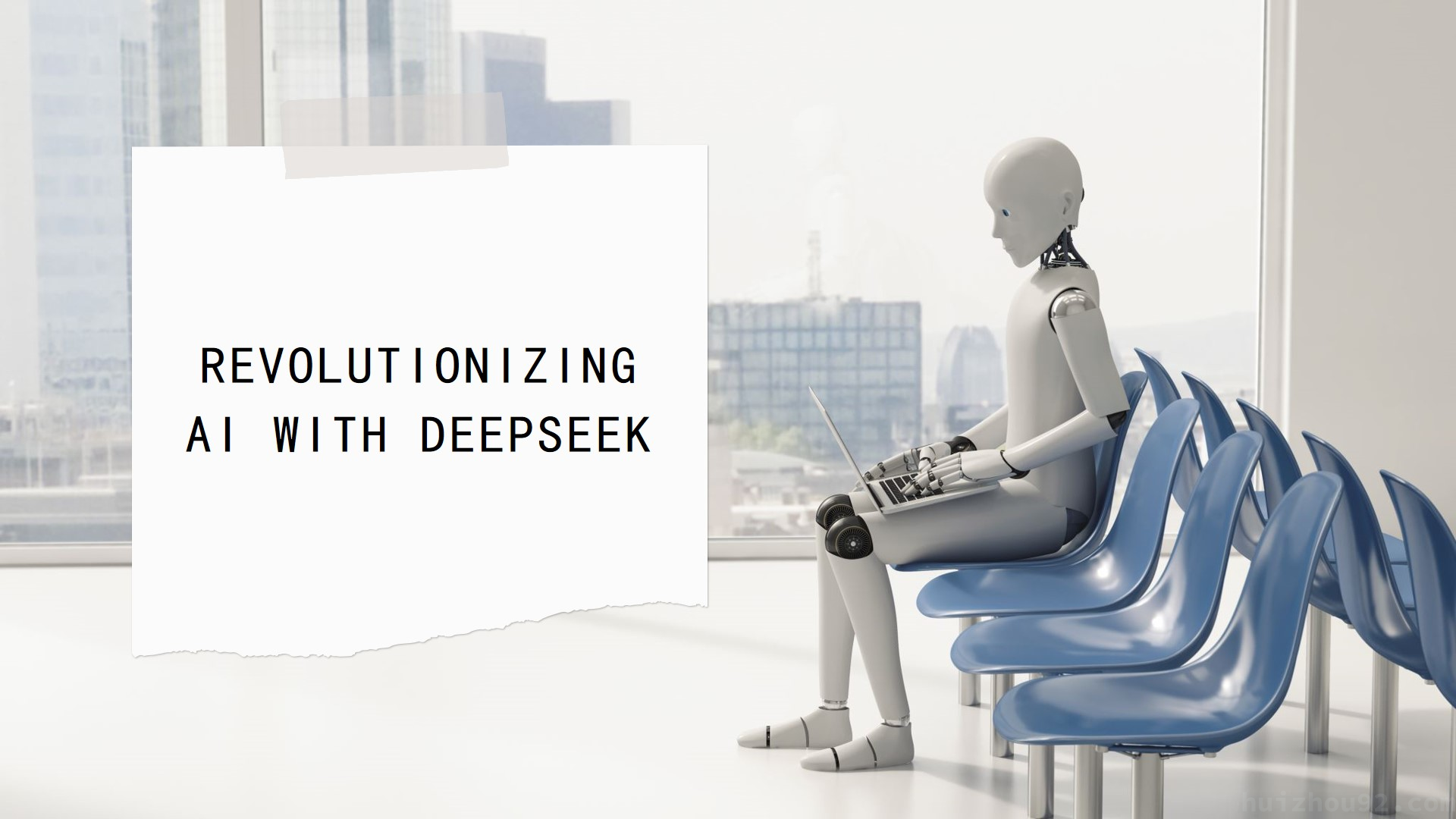DeepSeek’s recent breakthroughs have sent shockwaves through the AI industry, with some observers calling it the “Temu of AI” for its cost-slashing innovations. By challenging traditional narratives dominated by NVIDIA and OpenAI, this Chinese AI model has forced a global reassessment of open-source capabilities and hardware-software co-design strategies. Let’s dissect the technical wizardry behind this disruption and its implications for AI’s future.
1. The Inference Efficiency Revolution
DeepSeek’s breakthroughs in KV cache compression and FP8 low-precision computing have reduced inference costs to <10% of conventional methods. This isn’t brute-force optimization but surgical algorithmic improvements:
- Dynamic state pruning eliminates redundant intermediate computations during chain-of-thought reasoning.
- Verifiable reward mechanisms validate reasoning steps in real-time, reducing wasteful token generation.
- Hardware-aware kernels leverage AMD MI300X’s matrix math units for 6-7x speedups.
The implications are profound:
- Smartphones could soon handle complex 10-step reasoning tasks locally.
- Cloud API providers face margin compression as open-source alternatives achieve 95% performance at 1/10th cost.
2. The Distillation Dilemma
While model distillation helps smaller models mimic GPT-4’s outputs, it creates hidden traps:
- Diversity Collapse: Models may memorize common solution paths instead of learning accurate problem-solving heuristics (e.g., pattern-matching math proofs rather than understanding principles).
- Ceiling Effect: Distilled models can’t surpass their teachers’ capabilities, creating innovation bottlenecks.
The winning formula emerging from China’s labs:
- Phase 1: Use distillation for rapid capability bootstrapping.
- Phase 2: Switch to reinforcement learning with process-oriented rewards to rebuild genuine reasoning muscles.
3. Open Source’s Asymmetric Warfare
DeepSeek-R1’s success reveals a new open-source playbook:
- Vertical Domination: Fine-tuned 7B models now match GPT-4 in niche domains like legal contract analysis.
- Hardware Agnosticism: Optimized CUDA alternatives for AMD/Homegrown chips break NVIDIA’s moat.
- Compliance Advantage: Full data control addresses growing regulatory concerns about closed APIs.
Yet closed-source players aren’t standing still. OpenAI’s rumored 500B-parameter “StarGate” project hints at next-gen architectures that could reset the competition.
4. The Compute Paradox
Efficiency gains haven’t reduced overall compute demand—they’ve redirected it:
- Architecture Explorers: Spending $10M+/experiment on radical designs (e.g., non-Transformer models).
- Optimization Arms Race: New techniques like MoE dynamic routing cut training costs by 80% but require continuous R&D.
- Inference Tsunami: Real-time AI agents could increase global inference compute demand 100x by 2026.
Meta’s planned 60% YoY capex growth in 2025 confirms this trend—the battle has shifted from brute FLOPs to compute ROI.
5. China’s Constraint-Driven Innovation
Operating under U.S. chip restrictions, Chinese teams have perfected constraint-driven engineering:
- Automated Reward Verification: Reduced RLHF data needs by 90% through algorithmic self-checking.
- Pipeline Innovation: Achieved 70% utilization on 2000-GPU clusters vs. typical 30% at Western hyperscalers.
- Chip Customization: Co-designing models with domestic ASICs for 4-bit inference without accuracy loss.
While not pursuing AGI moonshots, these “good enough” solutions rapidly commercialize AI in manufacturing, logistics, and fintech.
6. The Next Frontier
Three developments could redefine AI’s trajectory:
- MCTS for Language: Integrating Monte Carlo tree search to enable AlphaGo-style “thinking about thinking”
- Stepwise Reward Modeling: Scoring each reasoning step like chess moves quality assessments.
- Vision-Language Synergy: Using spatial reasoning from multimodal training to boost STEM problem-solving.
The Bottom Line
DeepSeek’s rise symbolizes a pivotal shift from “bigger is better” to “smarter is cheaper.” While not eliminating the need for foundational breakthroughs, it proves that disciplined engineering can dramatically lower AI’s accessibility threshold. As the industry bifurcates into explorers (chasing AGI) and exploiters (democratizing today’s AI), the real winners may be those who master both games simultaneously.
The AI revolution isn’t being televised—it’s being distilled, quantized, and deployed on a smartphone near you.
- Long Time Link
- If you find my blog helpful, please subscribe to me via RSS
- Or follow me on X
- If you have a Medium account, follow me there. My articles will be published there as soon as possible.
